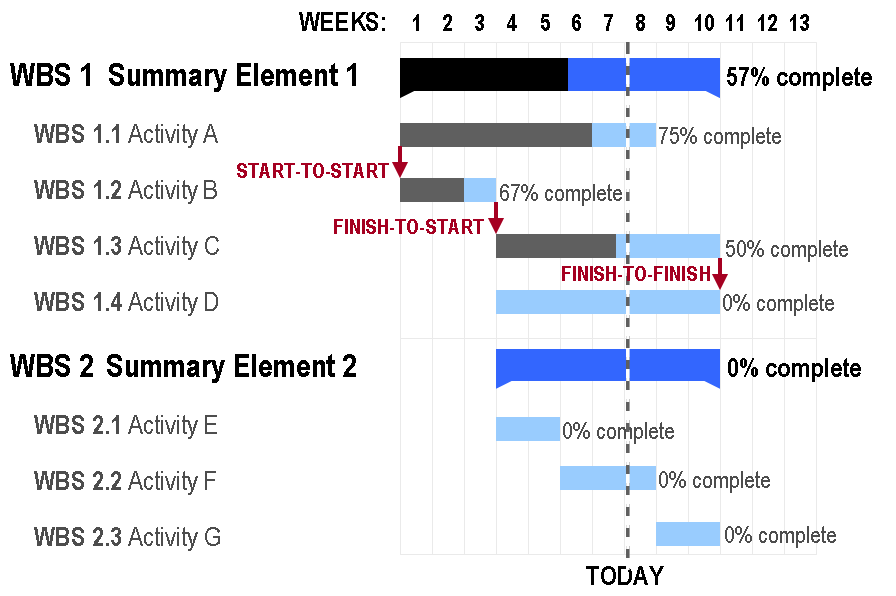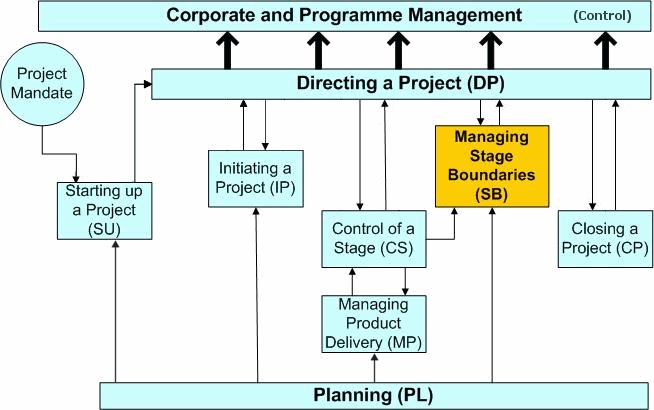Project Management Models from the 80ies till today

Before discussing how project management models from the 1980s to today> have changed we need to briefly look at the general history of project management. Who the very first project manager was cannot even be guessed at, as ever since man has been involved in complex building, manufacturing or transport projects he has without knowing it been project managing them. However, it wasn’t until the early 20th century that project management really started to develop into the science that we know it to be today. Three names in particular are acknowledged as being pioneers of setting project management standards; Henry Gnatt, famed for his Gnatt chart> technique and Henry Fayol, who set out the $1five management functions. However, both of those two men were followers of Henry Winslow Taylor, who first proposed $1scientific theories of management and the ideas of work breakdown structure tools. Various defense and space projects in particular saw project management models develop rapidly from the 1950s onwards, until in the 1980s the advent of office based computing injected new tools into the science of project management.
Project management in the 1980s.

The impact of the personal computer on just about all aspects of work and business cannot be overstated. With regard to project management the introduction of low cost Personal Computers (PCs) and computer networking facilitated the development of software capable of handling and organizing the complex array of data required to manage projects>. This meant that project managers could assimilate information more quickly as well as having to spend less time calculating variations on the models they were working on, leaving the PC to do that aspect of the job for them. However, all of the different project management programs> were based on existing models of project management, which at the start of the 1980s largely meant the $1PROMPTII model. First developed in the 1970s to combat time and budget over-runs in computer projects PROMPTII remained a driving force in project management models throughout the 1980s. Project Resource Organization Management and Planning Techniques could be broken down into seven stages. These were: Feasibility, Initial, Specification, Design, Development, Installation and Operation. As the IT systems being used in project management themselves became more sophisticated, by the late 1980s the PROMPTII model was refined into the $1PRINCE model. PRINCE stands for PRojects In Controlled Environments. The key progressions in using this model from the original PROMPTII were that it helped to divide projects into smaller more manageable stages which, in turn, allowed for more accurate planning and delegation of resources. Whilst this was widely acclaimed at the time by the 1990s it was clearly evident that a new model was required that wasn’t so specifically targeted at IT projects.
Project management in the 1990s.

Somewhat un-inspiringly by 1996 the PRINCE2 project management model> was in operation. This structured generic model for project management is centered on having a clearly defined framework> to operate from. In many ways it is a very formal project management tool almost prescribing to the user exactly what should be done. In that sense it has been seen by some as a somewhat deskilling tool, whereas others believe it to be a tremendous help to project managers, especially those with little personal experience. PRINCE2 fully describes how to initially design the project, along with projected levels of supervision and co-ordination for both people and resources. A very welcome addition to this version of the PRINCE model was the ability to quickly and easily $1adjust the model >in the event of a planned progression not occurring. In the 1990s $1Critical Chain Project Management (CCPM) was an alternative to the PRINCE model. CCPM, in contrast to PRINCE put the emphasis on managing the resources needed to complete tasks in the project, adopting the view that staff are simply another resource to be utilized. Also, the CCPM concept differs from its predecessor, $1Critical Path Analysis, in other ways such as working on the basis that a near-optimum solution is good enough for operational purposes, rather than the expense in time and money of finding the definitive solution.
Project management in the 2000s.

As recently as 2009 PRINCE2 has been undergoing revisions as a Project Manager model, earlier ones were in 2002 and 2005. This latest version of PRINCE2> moves the model to one where the main driving force is the business justification for considering the project and then goes on to use the model to describe the rationale for pursuing it. This latest model is highly goal orientated >checking that objectives are met, meaning that it is focussed on the management of the project rather than just reaching the end product. In line with trends in general management, $1modern project management models >are much more in tune with the concept of business essentially being a function of the ‘human organism’ driving it. That is to say that it is the people involved in a project, no matter what level they are working at as part of that project, who will determine if the project succeeds or fails. Therefore, the business model driving the project must be capable of acknowledging the need for integration and cooperation between both individual staff and departments/contractors. Commonly known as $1bottom-up planning> it utilizes the earlier idea of splitting one large project into smaller more manageable tasks, working in small teams that are fully cooperative and integrated with others. The formal term for this is $1agile project management>, using human integration management. A key element here is the ‘just-in-time’ concept, whether it’s training for staff or the delivery of materials and resources for the project - you want delivery as near to the time that it is needed, rather than having to be concerned with storage costs for materials or re-training when skills aren’t used for long periods of time. Looking through the crystal ball as the 2000s come to a close the $1future of project management is surely to be found in the utilization of web 2.0 technologies. Enabling easier collaboration between all those involved in a project; and $1devolving more decision making to the teams working under the lead project manager.